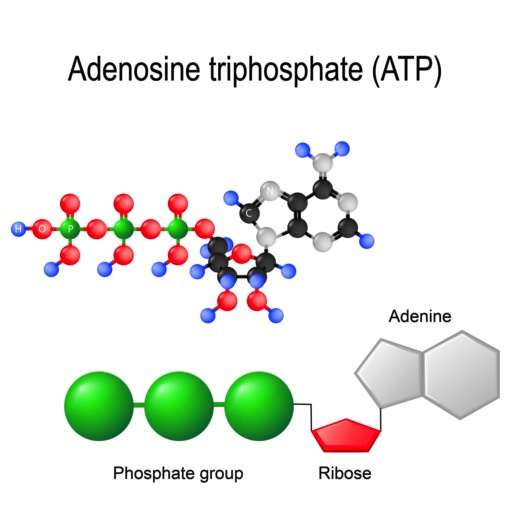



Three ways ATP is created
Direct Phosphorylation
One way is called direct phosphorylation of ADP by creatine phosphate. Creatine Phosphate is a very high energy molecule found only in muscle fiber. As the fuel ATP is being used up creatine phosphate and ADP interact and the CP gives the DP some phosphate, this exchange regenerates more ATP very quickly. This method of regenerating ATP lasts about 20 seconds, because thats how long for all the creatine stored in the muscle gets used all up. This is one reason creatine monohydrate is a great supplement to take!!!
Aerobic Respiration
During aerobic respiration glucose, (carbohydrates), are broken down to carbon dioxide and water. Some energy is released when the bonds holding the glucose together are broken. This energy is then caught by the bonds holding together the ATP molecules.This method of regenerating ATP is very slow in producing ATP and it require a lot of oxygen and nutrients to keep it going. When we are at rest or just lightly moving this is the primary form of ATP regeneration.
Anaerobic Glycolysis and Lactic Acid formation
When glucose is initially broken down it is called glycolysis. No oxygen is used so it is anaerobic. Glucose is broken down into pyruvic acid and the energy released from this is captured in the ATP bonds. If enough oxygen is present the pyruvic acid enters the the mitochondria "the cells power plant", and more ATP is produced. When oxygen and glucose is not present in sufficient quantities the pyruvic acid is converted to lactic acid, this is called anaerobic glycolysis. this process is very inefficient in producing ATP but it does provide a quick fix for ATP needs that last around 20-30 seconds of strenuous muscular contractions. Unfortunately this method regenerating ATP uses huge amount of glucose and lactic acid accumulates, which causes muscular fatigue and soreness.